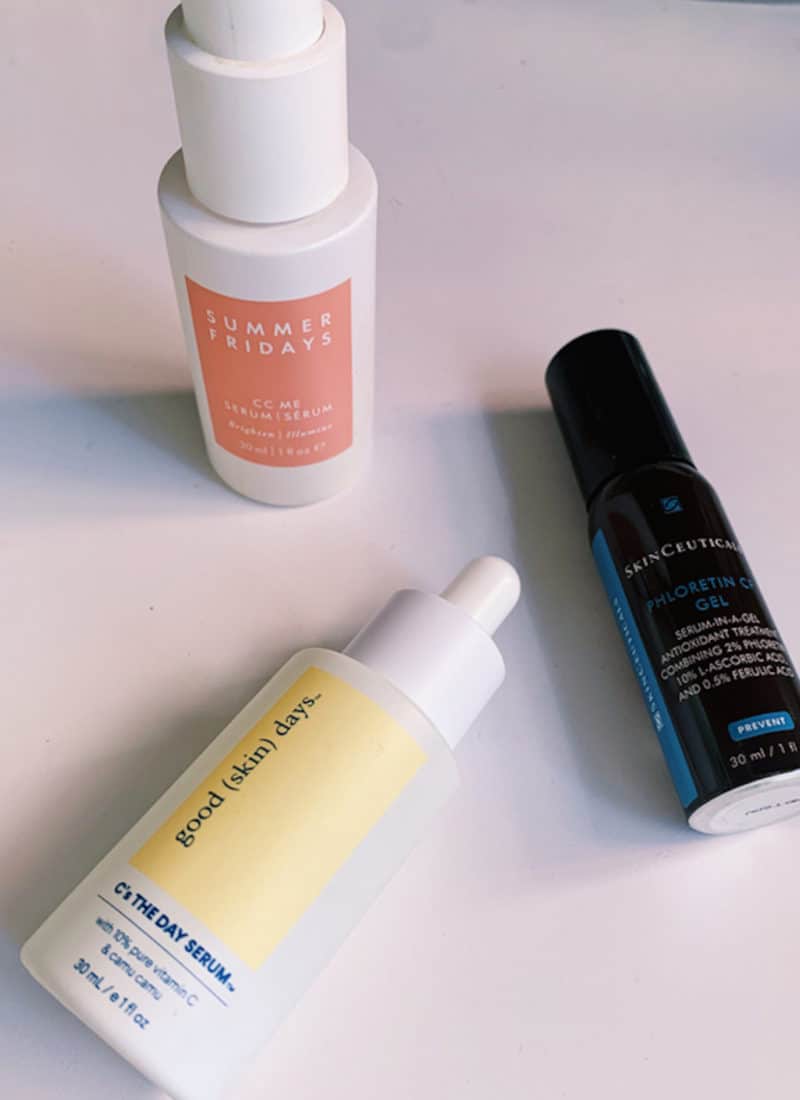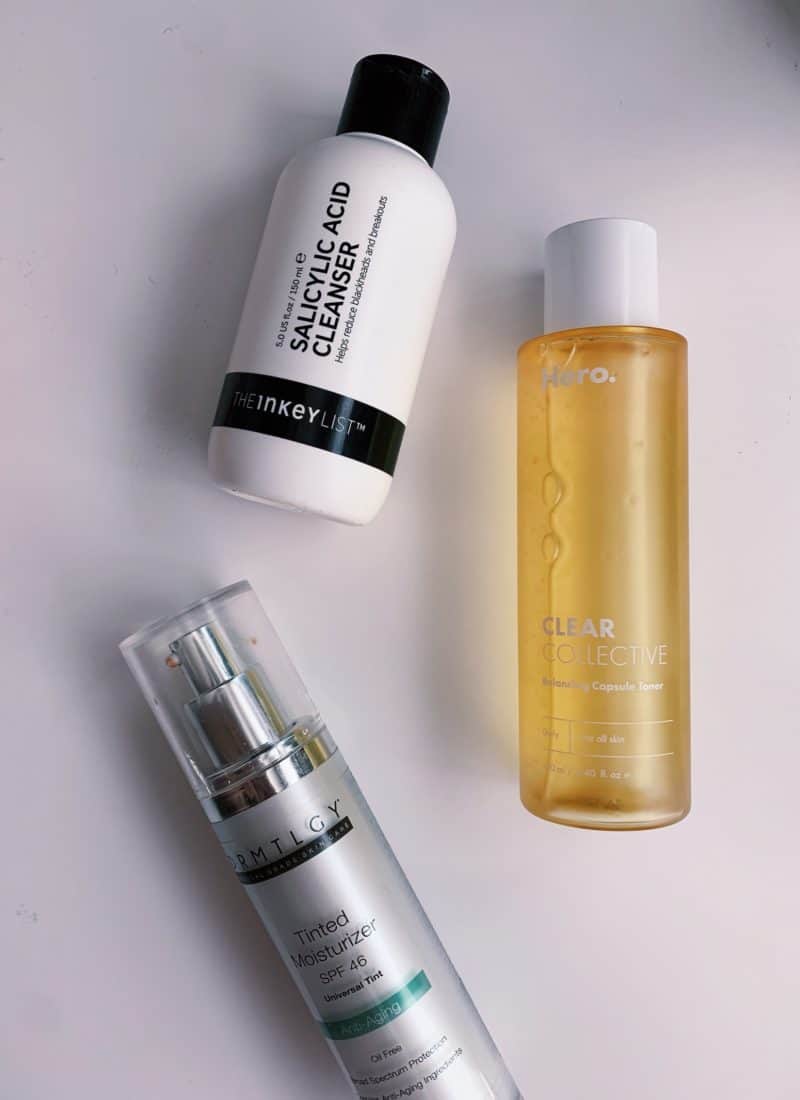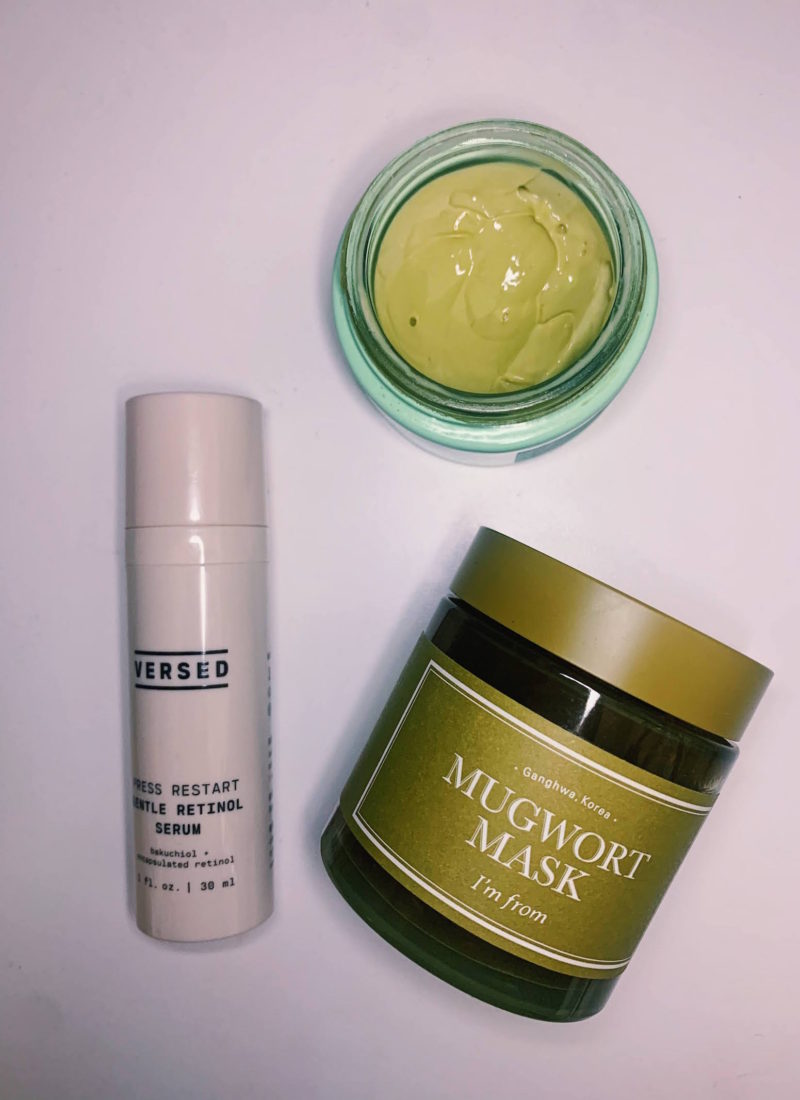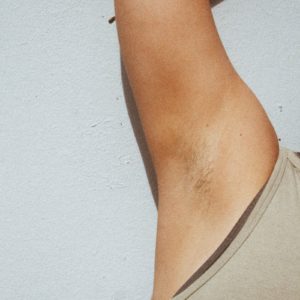If you have acne prone skin, you’ve likely heard all the rage about pimple patches. They’re marketed to be this miracle product for acne-prone skin… but are they really worth the hype? Today we’ll be talking about what pimple patches are, how they work, and how to use a pimple patch.
What is a pimple patch?
So pimple patches are pretty true to their name: they are small patches that are used to treat a pimple or zit. They’re a one-time use treatment and typically come in a large pack. There are lots of different pimple patches out there on the market (they’ve even expanded into dark spot treatment!), but they typically fall into two main categories: hydrocolloid and microneedle patches.
The two types of pimple patches
– Hydrocolloid patch:
The most popular type of pimple patch are hydrocolloid. Doctors often use a hydrocolloid dressing or hydrocolloid bandage to help speed up wound healing. A hydrocolloid pimple patch uses the same material to help target pimples.
Hydrocolloid patches typically have two layers: The first is an adhesive layer that helps to pull out pus and excess oil while forming a moist environment to speed up the healing process. The second layer forms a seal to protect the pimple from bacteria and other environmental elements.
Some brands also have a nose patch made with the same material to help absorb excess oil to minimize the appearance of clogged pores on the nose. This type of treatment works well for oily skin!
– Microneedle patch:
Microneedle patches have tiny needles that help to “inject” an acne fighting ingredient deeper into the skin. Many of these microneedle patches have ingredients like tea tree oil or salicylic acid to help target breakouts.
Some pimple patches have acne-fighting ingredients like tea tree oil and some even have hydrating ingredients like hyaluronic acid and aloe vera to help minimize dry skin.
What type of pimples should you use acne patches on?
Now that we know what the two types of pimple patches are, let’s talk about what types of acne you can treat with them.
Hydrocolloid patches work great for pustules (small pimples that have pus in them and have a white “head”). They work best on pus-filled pimples because of the adhesive layer that helps to pull out pus and excess oil from your pimples. You can also use them on non pus-filled pimples to help speed up the healing process and to provide a protective barrier for your blemish.
Microneedle patches work best on under-the-skin pimples like nodules. The tiny needles help deliver the treatment deeper into the skin to help treat the pimple before it comes to the surface. Microneedle patches likely won’t be the best fit for pimples that have already come to the surface.
Pimple patch vs Spot treatment: What’s the difference?
Now that you know how pimple patches work, let’s talk about what the differences are between a pimple patch and traditional spot treatments.
Pimple patches help to speed up pimple healing by creating a moist environment and protective barrier for your zit. They can help draw out pus and excess oil to help your blemish heal more quickly.
Spot treatments, on the other hand, use acne-fighting ingredients like salicylic acid and benzoyl peroxide to target breakouts. They work to exfoliate the skin and remove dead skin cells to reduce breakouts. This is great for inflammatory breakouts or stubborn acne.
Hydrocolloid pimple patches don’t really “treat” a pimple. They just help to protect it and speed up healing. On the other hand, spot treatments help to reduce the breakout by targeting it with effective acne-fighting ingredients.
However, using a spot acne treatment on the same blemish for days and weeks in a row can lead to dryness and irritation if you have more sensitive skin.
In my opinion, there’s a place for both products. My typical process is once I feel a pimple coming, I’ll spot treat it with a retinal + salicylic acid treatment. Once the pimple comes to the surface, I’ll use a spot patch on it daily until it is mostly healed.
How to use a pimple patch: Tips & tricks
Now that you know how pimple patches work, we can finally talk about how to use them!
Tip #1: Pick the right pimple patch for your breakout
Before you even get started, make sure you’re using the right type of patch for your pimples! Pustules and other pus-filled breakouts will be best treated with a hydrocolloid patch, whereas under-the-skin pimples will be better treated with microneedle patches.
Tip #2: Apply to clean skin
Once you’ve picked your patch, make sure to apply it to dry skin! Either apply it before you do your skincare (and avoid that area when applying products over it), or wait for your skincare to fully sink in before applying. Applying it on damp skin will keep the patch from adhering properly. To apply, just place the patch on top of the blemish and press along the edges to secure.
Tip #3: Leave them on for at least 6-8 hours
Once your patch is on, leave it on for as long as possible. I recommend at least 6 hours (but ideally all day or overnight). This allows the patch to work its magic and pull out any pus and excess oil while healing your breakout. It’s a slow process but it’s worth it!
Tip #4: Use as many as you need
Unfortunately, most blemishes won’t be treated with just one patch. I recommend using them for at least 2 days in a row to help the blemish heal properly. You can even use one in the morning and one at night until your pimple is no longer painful or pus-filled.
Tip #5: Follow with a nourishing product
Once you finish treating your pimple with a patch, follow with a nourishing product. This can be a rich moisturizer or facial oil, but I love using the Hero Cosmetics Rescue Balm for this. It’s incredibly nourishing and helps to heal your breakouts more quickly.
Pimple patch recommendations
Soko Glam The Klog Pimple Patches: These are very thin and almost invisible on the skin! I love using these during the day because they’re not as obvious as other patches. They’re great to use under masks to prevent rubbing and speed up the healing process.
Hero Cosmetics Mighty Patch Original: Hero has several different types of acne patches in their Mighty Patch line. There are Might Patch Original, Surface, Nose, and more. You can pick between them depending on what you’re looking for.
Cosrx Acne Pimple Master Patch: One of the classic pimple patches! These have been around for years (way before pimple patches got very overhyped) and are one of the most affordable options. These are on the thicker side but I love that the pack comes with different sizes you can use depending on the size of your pimple or zit.
Zitsticka Killa Kit: These are pricey but extremely effective for treating under-the-skin breakouts. If nodules are your main skin concern, this could be a worthwhile investment.
Product links are affiliate links. I do earn a small commission if you purchase from these links (with no additional cost to you), which supports me and my blog. Feel free to check out all of my affiliate/referral links or shop my favorites if you decide to shop. Thank you for your support!
Sources:




I love all the variety of affordable options you gave !!! Those are some nice reminders for before & after care tips too!
We love accessibility here!!
Loved this!! I gotta get some microneedle ones as well cause those nodules are super tricky! 😭
Yes!! Microneedle patches are pricey but very effective for nodules!